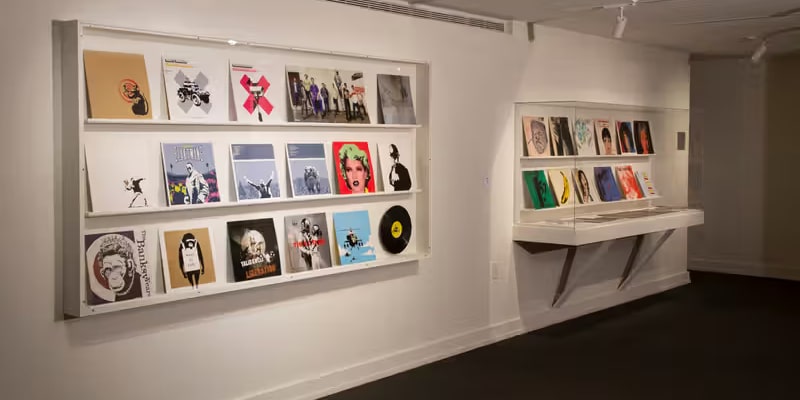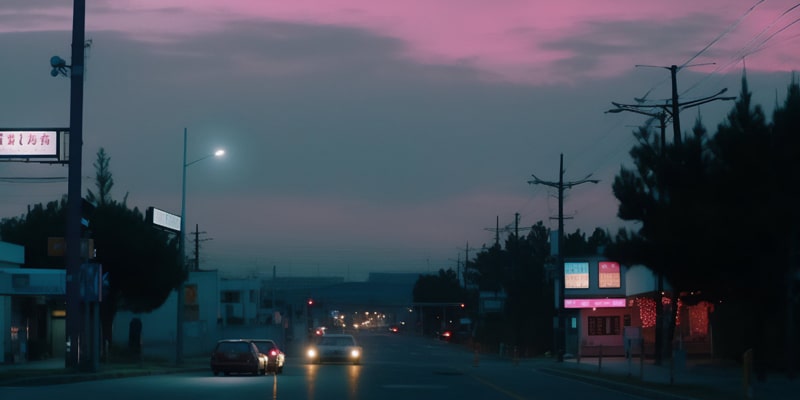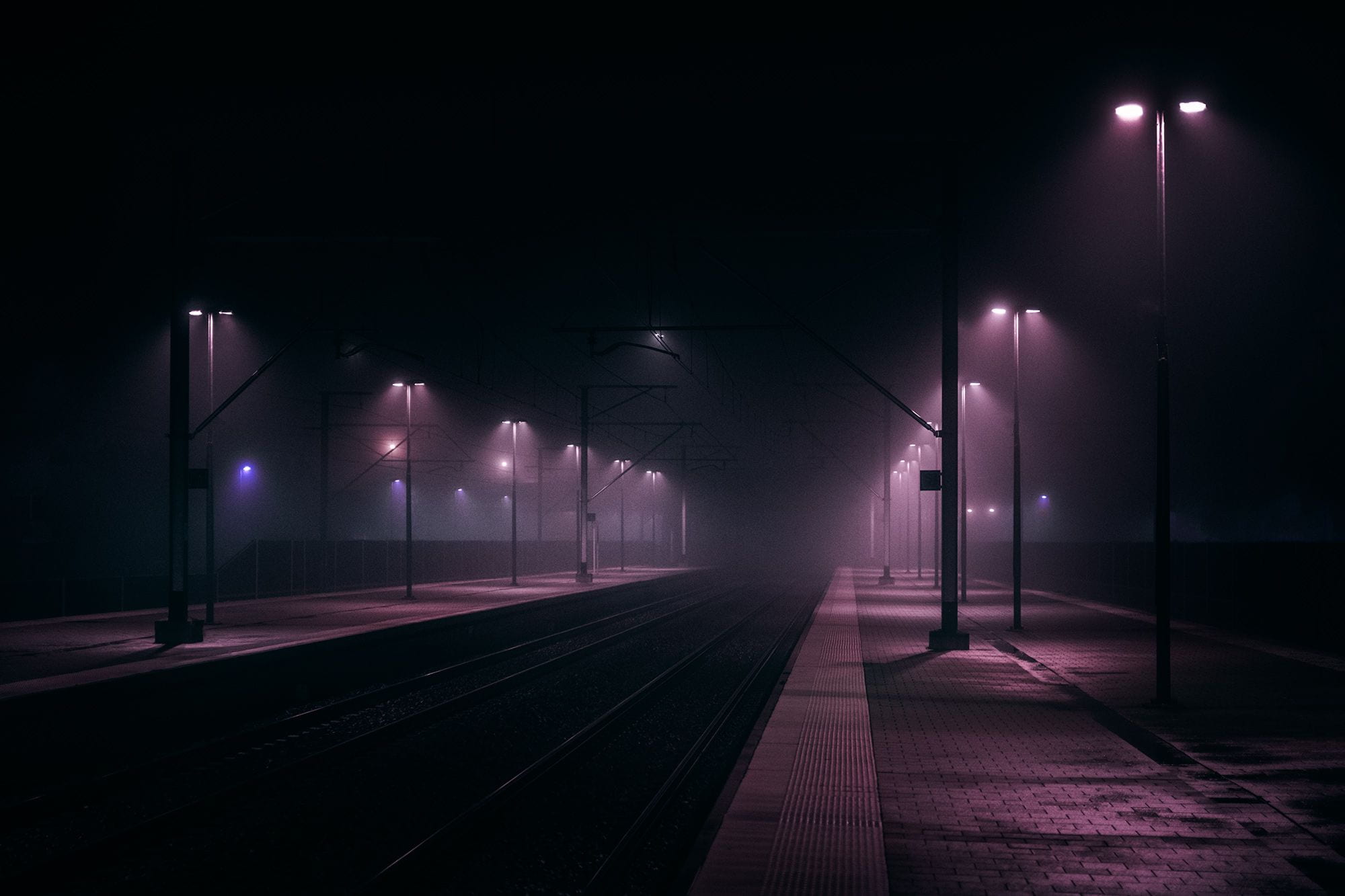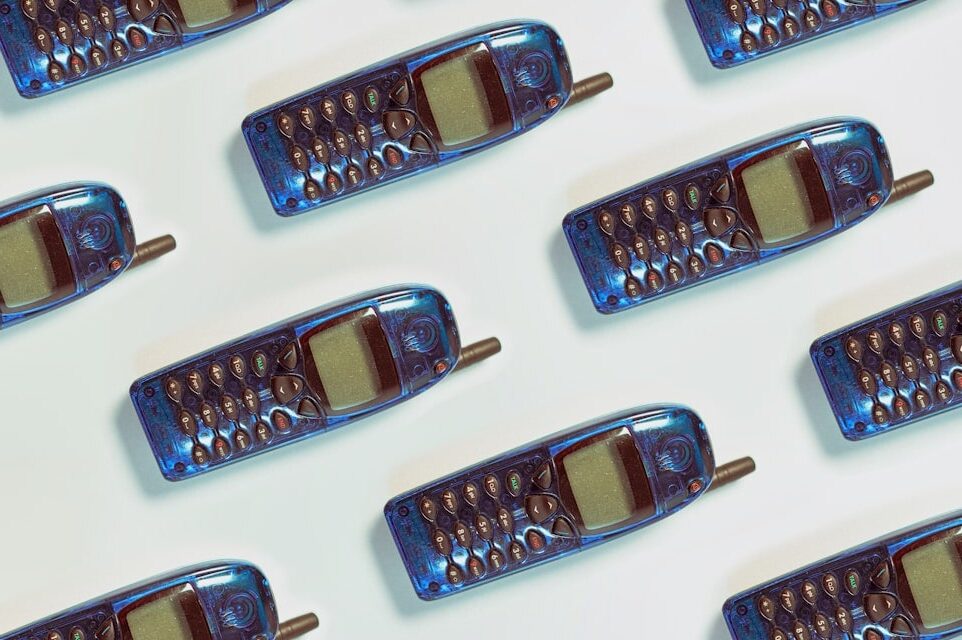Album cover art is more than just the face of a record—it’s a visual extension of the musical journey, adding depth, context, and emotion. Open to the public in both physical exhibitions and digital formats, these “album cover museums” offer a unique perspective on the interplay between music and visual art.
Physical Exhibitions: Where Covers Come to Life
Despite the rise of digitization, physical exhibitions dedicated to album cover art continue to attract fans, offering an immersive dive into the creative process.
Radiohead Exhibition in Oxford: 30 Years of Visual Collaboration
For example, the Ashmolean Museum in Oxford is currently hosting a major exhibition titled “This Is What You Get”, celebrating the 30-year collaboration between Radiohead frontman Thom Yorke and artist Stanley Donwood. The exhibition showcases their joint work: album covers, paintings, reflections, and much more. It will run until January 11, 2026. This partnership, which began with the cover for the 1995 album The Bends (featuring a photo of a resuscitation mannequin taken in a hospital), demonstrates how visual art is integral to the band’s identity.
Read more about the exhibition on Ashmolean’s official site

During an interview, Yorke recalled that Donwood initially suggested creating enormous topiary phalluses for the Hail to the Thief (2003) cover and placing them in National Trust gardens—but Yorke wasn’t convinced. Donwood planned to use wire mesh and fake grass to “fool” the eye. This is just one of many examples of their creative dynamic.
Cranbrook Art Museum: Artists on Vinyl
In Detroit, Michigan, the Cranbrook Art Museum presented a unique exhibition titled “For the Record: Artists on Vinyl”. This show featured over 50 album cover designs by legendary artists such as Salvador Dalí, Jean-Michel Basquiat, Keith Haring, Andy Warhol, Roy Lichtenstein, Yoko Ono, and Frank Stella. Drawn from the extensive collection of Frank M. Edwards, the exhibition often paired covers with original artworks and audio recordings, allowing visitors to experience the album cover as a “miniature canvas.”
Full article on Hypebeast about this exhibition

“Total Records”: Photography and the Album Cover
Another iconic exhibition, “Total Records”, curated by Serge Vincendeau, Antoine de Beaupré, and Sam Stourdzé, traveled the world—from Arles, France to Budapest, Winterthur, Berlin, and Barcelona. It explored photography in album cover art, presenting hundreds of iconic covers chronologically. The show highlighted collaborations between renowned photographers and musicians, such as Robert Frank with The Rolling Stones and Annie Leibovitz with Cyndi Lauper. It underscored how album covers convey identity, style, and serve as promotional tools, sometimes making political statements—or sparking controversy for their provocative imagery.

Lemi Ghariokwu: The King of Covers
Nigerian artist Lemi Ghariokwu, dubbed the “King of Covers” by The Observer Music Magazine, created 26 covers for Fela Kuti, as well as designs for Bob Marley and Miriam Makeba. His works—characterized by vibrant colors and distinctive typography—have been showcased at international exhibitions for over a decade, including the New Museum of Contemporary Art in New York and the Centre for Contemporary Art (CCA) in Lagos. One of his paintings, Anoda Sistem (2002), is part of the permanent collection at the Museum of Modern Art (MoMA).
Digital Worlds: Art in the Metaverse
Faced with logistical challenges and the COVID-19 pandemic, some album cover art exhibitions found their way into digital formats, expanding immersive possibilities.
Kid A Mnesia Exhibition: An Exploratory Game
The Kid A Mnesia Exhibition is an example of how a physical installation—originally conceived as a “huge red structure” resembling a “brutal spacecraft crashing into classical architecture”—transformed into a free exploratory video game. Released by Epic Games for macOS, Windows, and PlayStation 5 in 2021, the game allows players to roam an abstract virtual museum, exploring artwork and listening to music from Radiohead’s Kid A (2000) and Amnesiac (2001). With no enemies, score system, or levels, it offers pure immersion in art and sound—a crossover praised by critics for merging music, art, and technology.

Further Reading: You can read about the aesthetics of lo-fi music album covers here.
Modern Challenges and the Future of Visual Art
In the age of streaming and digital downloads, where an album cover is often reduced to a tiny thumbnail, new challenges arise. Thom Yorke notes that such miniaturization “feels like it’s designed so you don’t pay attention,” creating the sense of “an endless flow of material that feels the same.” He compares it to radio, where listeners lack a strong connection to what they hear.
Stanley Donwood has always aimed to create covers that are “interesting enough to walk up to”, even if first seen as a “tiny nail” in a record store window. Despite these changes, the vinyl revival brings hope, and artists like Yorke continue to feel a “compulsion to make this work” and see visual and musical art clashing together in exciting ways.
Final Thoughts
Album cover museums—whether physical spaces preserving creative stories or digital worlds offering new forms of interaction—play a crucial role in maintaining and celebrating the visual art that’s inseparable from the music experience. They remind us that a true album is not just sound, but an image that lives and breathes alongside it.





